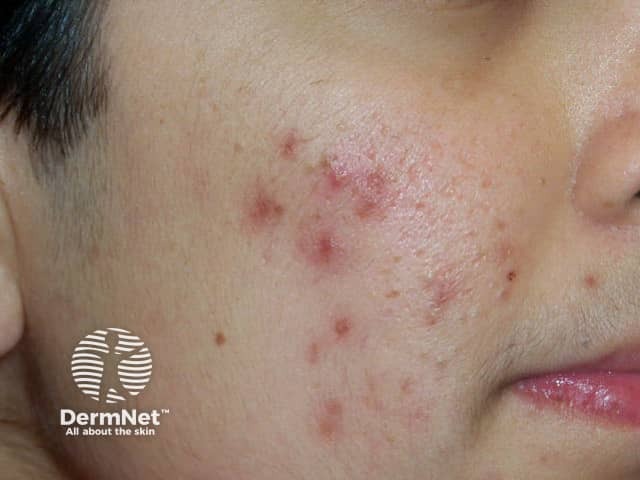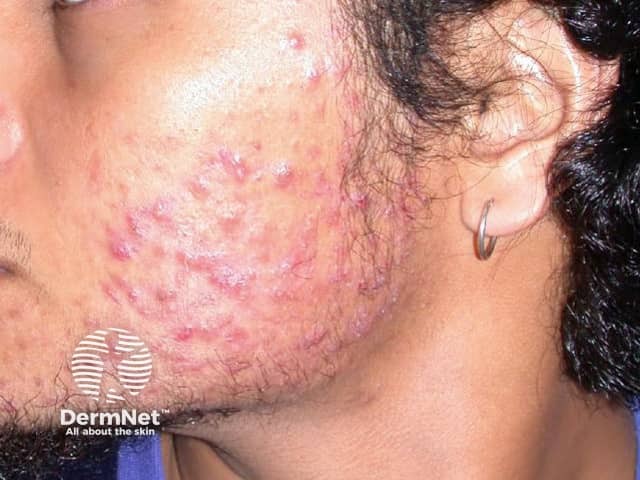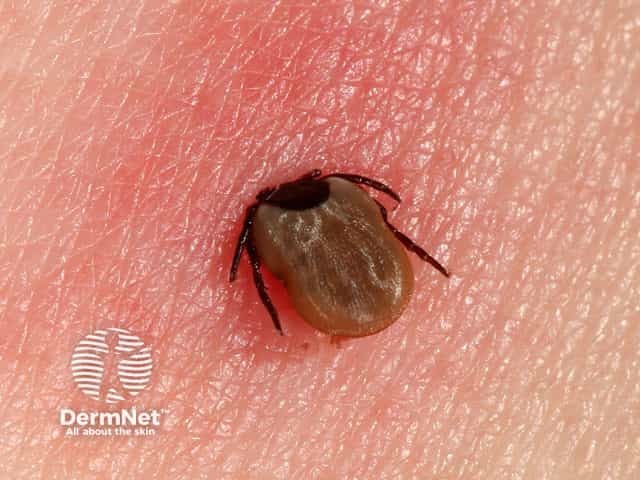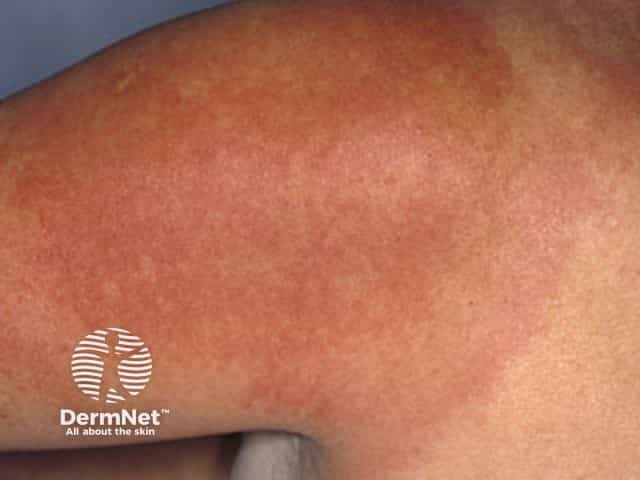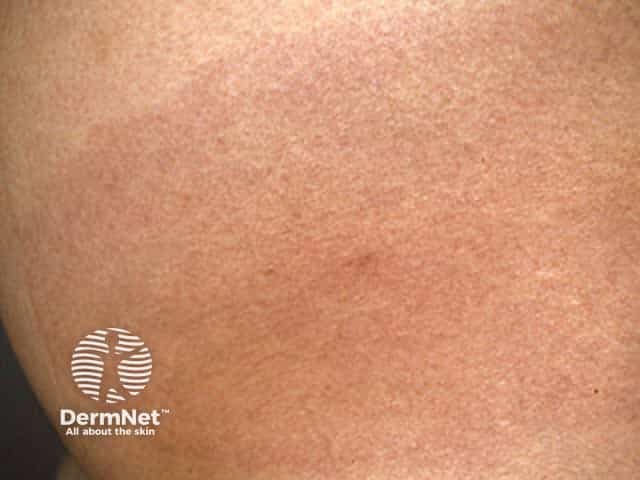Written & Reviewed by Clinics Asia Healthcare Team | Learn more about our expert review process.
Overview
Lyme disease is a bacterial infection that can be spread to humans by infected ticks. It's usually easier to treat if it's diagnosed early.
Symptoms
A circular or oval shape rash around a tick bite can be an early symptom of Lyme disease in some people.
The rash can appear up to 3 months after being bitten by an infected tick, but usually appears within 1 to 4 weeks. It can last for several weeks.
The rash can have a darker or lighter area in the centre and might gradually spread. It's not usually hot or itchy.
The rash may be flat, or slightly raised, and look pink, red, or purple when it appears on white skin. It can be harder to see the rash on brown and black skin and it may look like a bruise.
The rash may look like a bullseye on a dartboard. Sometimes the edges of the rash may feel slightly raised. The rash can be less obvious on black or brown skin, and may look more like a bruise.
Some people also get flu-like symptoms a few days or weeks after they were bitten by an infected tick, such as:
- a high temperature, or feeling hot and shivery
- headache
- muscle and joint pain
- tiredness and loss of energy
Diagnosis
The GP will ask about your symptoms and consider any rash or recent tick bites you know about.
Lyme disease can be difficult to diagnose. It has similar symptoms to other conditions and there's not always an obvious rash.
2 types of blood test are available to help confirm or rule out Lyme disease. But these tests are not always accurate in the early stages of the disease.
You may need to be retested if you still have Lyme disease symptoms after a negative result.
Treatment Options
If a GP thinks you might have Lyme disease, they'll prescribe a course of antibiotics.
The antibiotics you're given will depend on your symptoms, but you may need to take them for up to 28 days. It's important to finish the course, even if you start to feel better.
Some people with severe symptoms will be referred to a specialist in hospital so antibiotics can be given directly into a vein.
Most people with Lyme disease get better after antibiotic treatment. This can take months for some people, but the symptoms should improve over time.
People with symptoms of Lyme disease that last a long time after treatment may be referred to a specialist in hospital for advice and more blood tests.
When To See A Doctor
See a GP if:
- you've been bitten by a tick or visited an area in the past 3 months where infected ticks could be
and you have:
- flu-like symptoms – such as feeling hot and shivery, headaches, aching muscles or feeling sick, or
- a round or oval shape rash
Tell them if you have recently been in forests or grassy areas.
Our content undergoes a thorough process of research, writing, peer review, and rigorous checks and approvals. It is designed for educational purposes and is freely accessible for individual patients to read and share. For detailed information regarding usage, copyright, and disclaimers, please visit our Terms & Conditions page.
